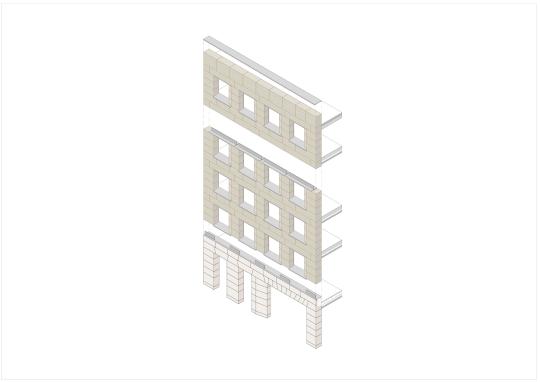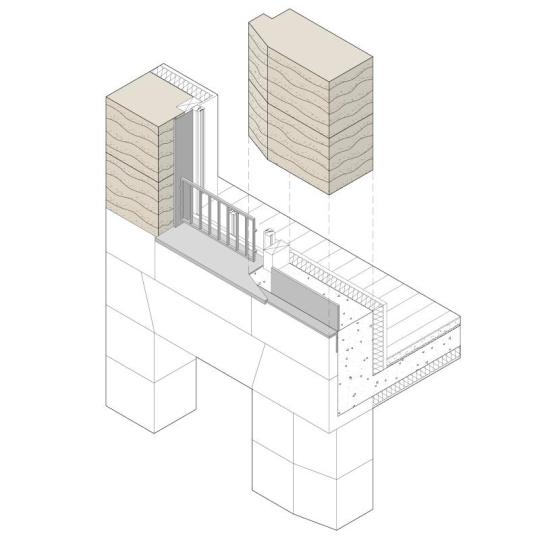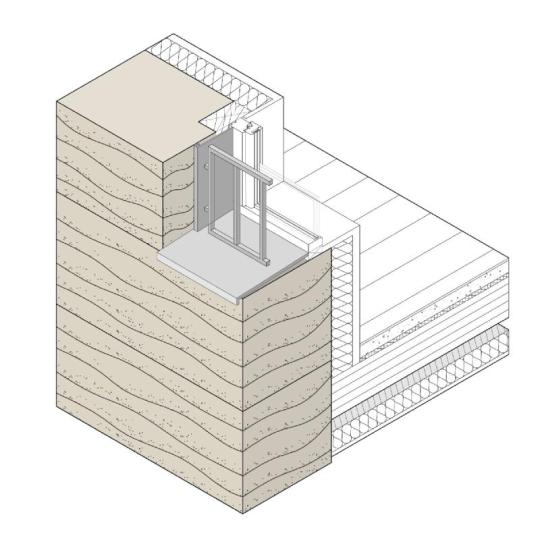#DÉCHELETTE ARCHITECTURE
Explore tagged Tumblr posts
Text










DÉCHELETTE ARCHITECTURE - QUATRE CHEMINÉES
#DÉCHELETTE ARCHITECTURE#architecture#residential#multifamily#apartments#rammed earth#rooftop garden
4 notes
·
View notes
Text

Four Chimneys, Boulogne-Billancourt Déchelette Architecture 2023 Salem Mostefaoui
35 notes
·
View notes
Text

17 Rue des Quatre-Cheminées Residence Déchelette Architecture Paris, France, 2024
5 notes
·
View notes
Link
A short explanation of what is meant by '' 'Dongson Drums" may be appropriate. Dongson is the name of an ancient dwelling as well as burial site in Thanh-hóa Province, in the southern side of the Red River delta in northern Vietnam. Excavations carried out here in the 1920's and 30's, together with the many surface finds previously made in the area, gave a fairly clear picture of what was considered to be the earliest bronze-using civilization in Southeast Asia, which became known as the "Dongson Culture". 1 Amongst the hundreds of bronze objects found at the site, including axes, spearheads, vessels, ornaments, etc., there were also bronze drums or small replicas of them. It was thus for the first time that such drums had been excavated, rather than to have been found only as chance finds. For drums identical or similar to those excavated at Dongson have been known from all over the Indochinese Peninsula as well as Indonesia for a very long time. News of such strange objects reached Europe in particular during the 19th century to arouse the curiosity of scholars to such an extent that at the turn of the century, when the existence of 165 of these drums was known, a number of books appeared to analyse them. The most seminal of these was that by Heger 2 which classified these drums into four groups (known ever since by the denomination of "Heger I-IV"). Obviously, the Heger-I type is the earliest and we are dealing here only with this particular type (figs. 1 and 2). These drums, then, have been called "one of the most difficult and most important problems of Southeast Asian cultural history".
Helmut Loofs-Wissowa. "Dongson Drums: Instruments of Shamanism or Regalia?" Arts Asiatiques, Vol. 46 (1991), pp. 39-49.
There is also a psychological aspect of the cultural context to be considered. At that time, even much more than at present, Southeast Asian societies lived in a "Vegetal Universe" and produced a "civilization of Vegetal Matter". 5 In such a civilization of perishable material anything permanent must take on a special significance. We know from the times of the "Indianized Kingdoms" in the area that there was a clear division in architecture between religious monuments which had to be in stone or bricks, and other constructions, including royal palaces, which were in wood, bamboo or other perishable matter. It seems reasonable to assume that in still earlier times from which no buildings or sculptures in stone are known, the introduction of the first large objects (as opposed to small weapons or implements) in bronze, such as the drums, must have caused fascination. This points a pńoń to a ritual-religious use of these drums, rather than a purely utilitarian one.
[...]
What Heine-Geldern did not say was that the knowledge of bronze-working itself was thus transmitted from eastern Europe to eastern Asia, nor that the form or conception of the drums originated in Europe. It is quite clear that the drums themselves must be an indigenous product of the people in the northern Indochinese Peninsula/southern China area, although their decoration may have been partly influenced Therefore, the recent find of what seems to be a small clay model of a Heger-I drum in the Red River Valley, dated to ca. 850 B.C., 8 in no way disproves the Pontic Migration theory, but only adds another century or so to the antiquity of this type of drum (figs. 3 and 4). Unfortunately, no indication any decoration could be seen on this small (9 cm wide) model. Moreover, Heine-Geldern stated categorically that the population movement he envisaged was not a once-only migration, but a series of movements drawn out over several centuńes. It seems to be nonsensical thus to pin this author down to a particular date and to argue that, because a drum or a decoration motif has been found in Vietnam a century or so earlier that the eighth century B.C., the entire theory of there having been a transmission of decoration motifs or ideas from Eastern Europe to Southeast Asia cannot be trusted.
Another widespread misconception is that all decoration motifs on the drums were postulated to have been introduced from the west. A closer examination of the decoration of Dongson drums reveals that it is only the geometrical motifs (tangent-circles, ladder-motif, meander and possibly the hatched triangle, etc.) the origin of which can be traced to eastern Europe. Although they are frequent enough to be seen as '' 'typical'' for these drums, they are of no importance as far as the evaluation of their purpose is concerned.
[...]
The theory that the central motif on the Dongson must be the sun was first proposed by van der Hoop but put in a more coherent conceptual form only later by Colani who argues for this motif to be the of the many "solar" symbols surrounding it; taking the Ngoc-lu drum, she sees in the three concentric creatures around "the divine Heavenly body": men, dancing a sun-dance, deer, whose fawn-coloured them to the sun, and sun-birds, "all enthusiastically the Sovereign who engenders universal life". 10 In this interpretation Colani quotes Déchelette who number of solar symbols from Central and Western which apparently could be matched to those drums, including the central "sun" motif. Colani therefore concludes11 that there must have been a vast area of solar cult, stretching from Southeast Asia far into the West, with the representation of the sun as a many-pointed "star" originating in Southeast Asia. In the light of what follows, this is simply impossible. Moreover, the idea that there ever was a sun-cult in an area like Southeast Asia, the fertility of which depends on the monsoon rains and where the sun is normally seen as something to be avoided, is difficult to entertain. Also how could one imagine the central part of the tympanum of these drums to be the sun, if this obviously was the part to be beaten (fig. 5): do you beat the object of your cult?
Probably the most seminal hypothesis based on the startheory is that elaborated by Quaritch Wales. 12 Being struck by the coincidence of the distribution of Shamanism and that of what he saw as "Dongson influences", Wales constructed a model of an association of Shamanism with the Dongson Culture and went as far as to say that Shamanism was the Dongson religion. Pursuing his argument, he conceded that on the Malay Peninsula, in Sumatra and in Java this Dongson influence had been displaced by Hinduism and eventually Islam, and that, therefore, those areas not much touched by these religious influences, such as Borneo, preserve an almost pure Dongsontype culture.
[...]
In reality, this "star' '-shaped motif on the tympana of Dongson drums is not a motif at all: it is a left-over. To explain this, one has to look at the mechanics of decorating a circular surface. The most likely way of doing this is to use concentric bands or fields and to fill them with certain motifs. Toward the centre there comes a time when, instead of having another ring, there is just an open disk. If equilateral or isosceles triangles a prominent motif in Dongson decoration are put inside this space with their bases to the circle deliminating it and the points turned inwards, then inevitably a "star"-shaped space is left in the centre. But this "star" is only an unintentional "passive" motif Proof of this theory is found in the fact that the same decorative ensemble of concentric circles with hatched equilateral triangles pointing inwards leaving a rather large "star" in the centre, is also found on the lids of Dongson bronze containers where this "star "-motif cannot have any symbolic meaning and cannot be associated with shamanism or any other cult or ritual. Furthermore, in cases where the triangles around the "star" on bronze drums are not simply hatched, their usually otherwise elaborate decoration also shows that they, the triangles, are the "active" decorative element and not the left-over "star". In his recent survey of bronze drums A. J. Bernet Kempers, 15 calls these triangles "interradial designs" which obviously is the wrong way of putting it: it is the triangles which produce the "rays", not the other way round.
0 notes
Text

Four Chimneys, Boulogne-Billancourt Déchelette Architecture 2023 Salem Mostefaoui
14 notes
·
View notes